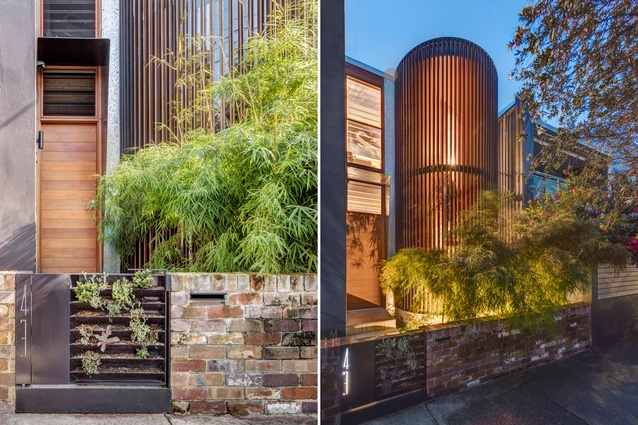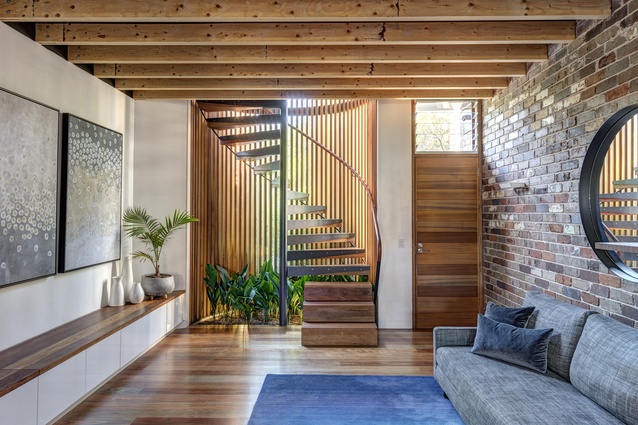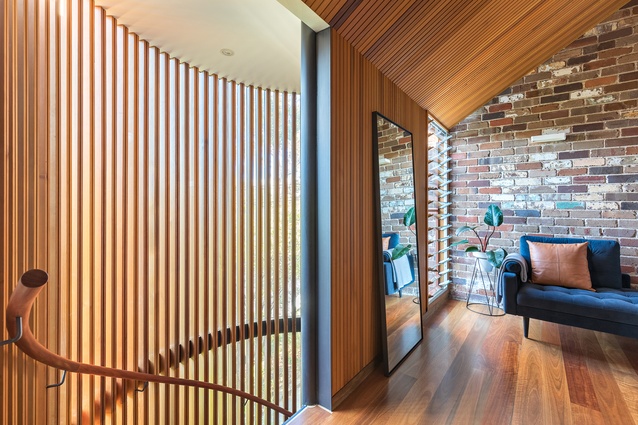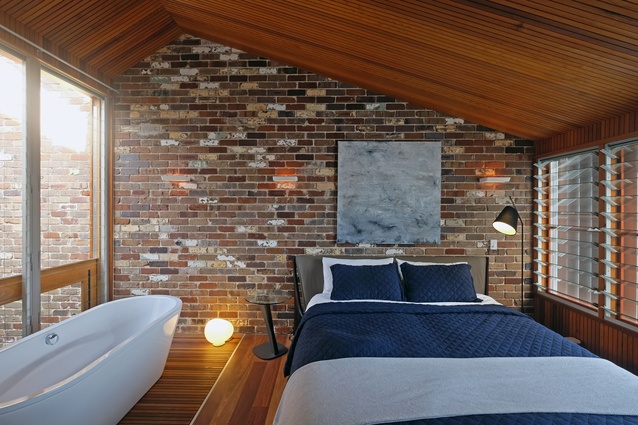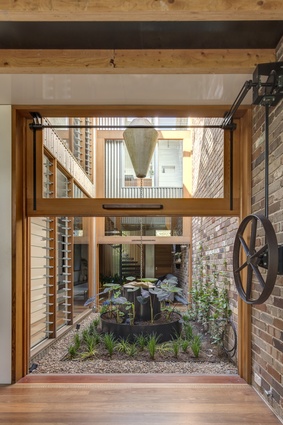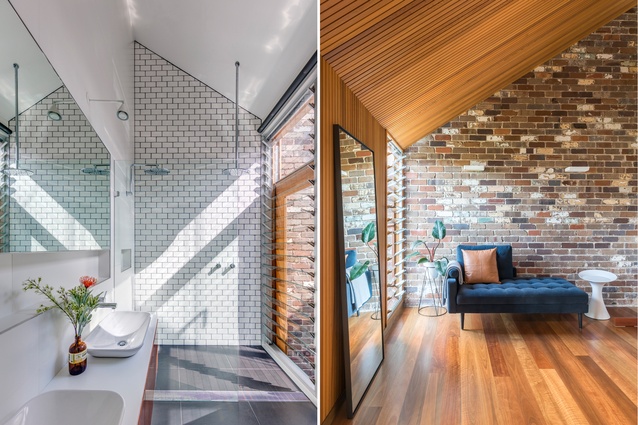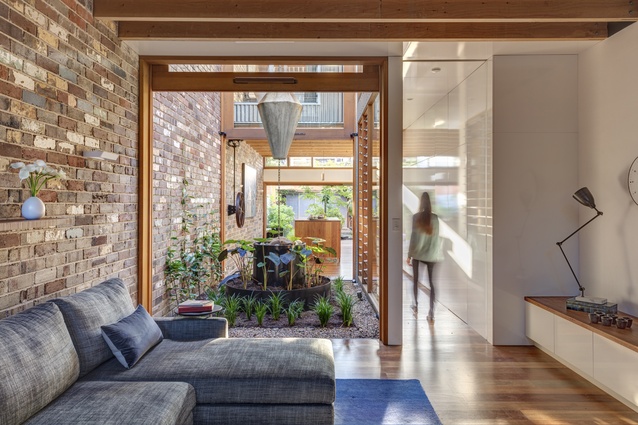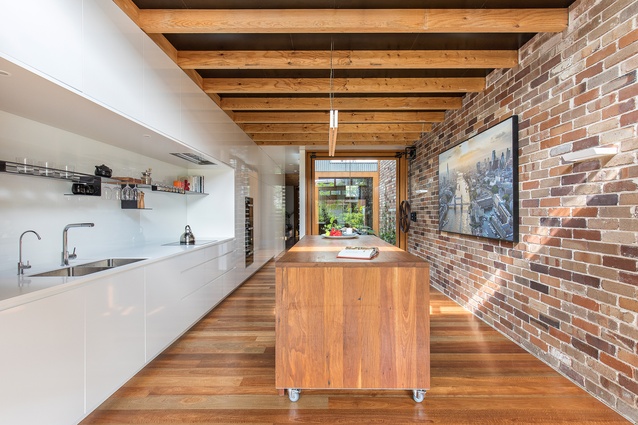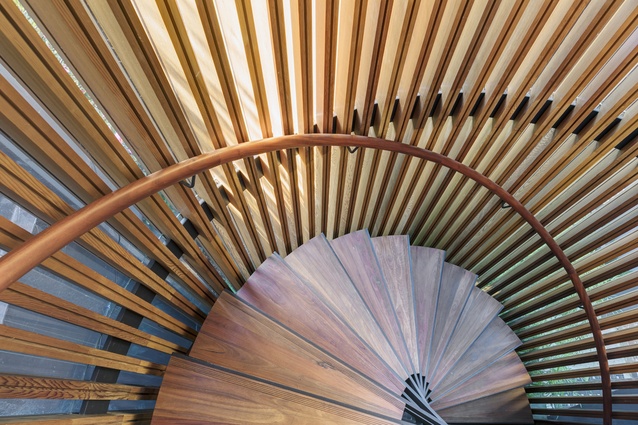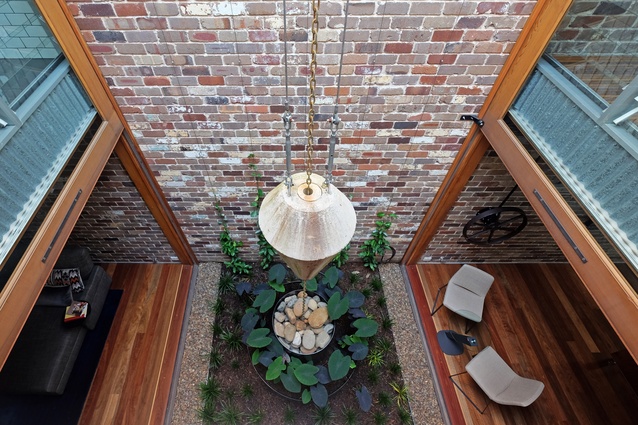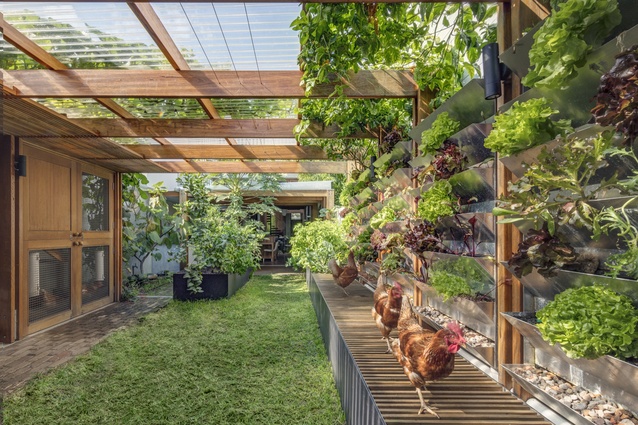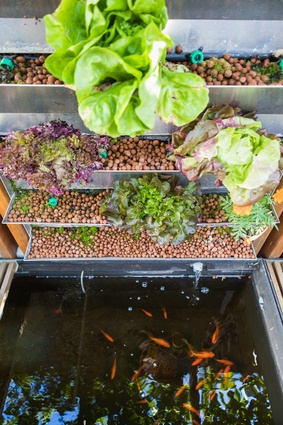Eco icon: Sydney terrace house
A home shared by two humans, two cats, three chickens and 25 fish combines cutting-edge architectural design with off-the-grid green initiatives.
“We wanted to ensure that our home was designed and built in accordance with our values,” explains Geoff Carroll, who, along with his wife Julie Young, are the owners of this terrace house in Sydney’s inner west. Both Geoff and Julie work for Kinesis, an Australian urban data analytics company that gives decision makers the tools they need to make better cities.
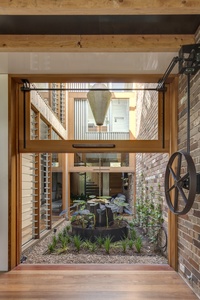
As expected, when the pair embarked on the design and build of their new home, they sought out an architect who shared their convictions about creating a home with veritable eco credentials. They turned to Clinton Cole, principal of architecture and construction firm CPlusC and passionate sustainability advocate.
Collectively, they formed a dream team of sorts, with Cole drawing on his high level of design and craftsmanship, and the clients leveraging their professional expertise in analysing the impact of solar energy and rainwater management strategies on the home’s environmental performance.
The decision was taken to demolish the clients’ original house – a cramped, dark 1980’s terrace – to make way for a light-filled two-bedroom, two-level home that could successfully integrate a number of sustainability initiatives, including an underground water storage tank, an evacuated glass tube solar hot water system and a 1.5Kw photovoltaic power generation system.
In selecting each system, the team embarked on a process of inquiry into short and long-term functionality and cost-effectiveness, balancing environmental, design and financial implications.
Another key design objective was to ensure that each new zone or space in the home was designed with an inherent multi-purpose functionality. “We wanted to be able to use each space every day,” explains Carroll. Carroll highlights an oft-underestimated aspect of the sustainability equation – the robust use of space from both a practical and environmental aspect.
“As a result, spaces like the kitchen and dining area are endlessly configurable through the use of custom-designed nesting dining tables that can accommodate an intimate gathering of two or a dinner party for 12,” explains Carroll.
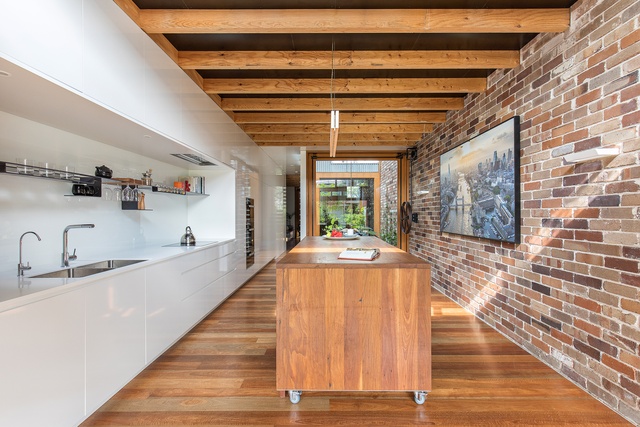
In the same vein, three new green zones serve the home in myriad ways, bringing light, greenery and fresh air into the interior. The front garden – lushly planted with Himalayan weeping bamboo – softens the exterior of the home and also provides privacy to the circular stairwell and living area beyond.
The garden space also houses the stair, the location and form of which is an unusual one. Electing to place it into the front garden (an often under-utilised zone in a classic terrace configuration), Cole has saved a significant amount of space and has created a compelling entrance to the house. An under-stair garden brings the outside firmly into the interior.
The second green zone, the internal-external courtyard, forms the nucleus of the home. A counterweighted door system, aided by a bespoke antique farm wheel (salvaged from a farmhouse), draws up 1,000 pounds in door weight, effectively removing the doors from the space altogether. The courtyard also serves as a collection point for water: a rain chain passing through the counterweight channels rainfall into an underground rainwater tank, where it is stored for use in the laundry, toilet and irrigation system.
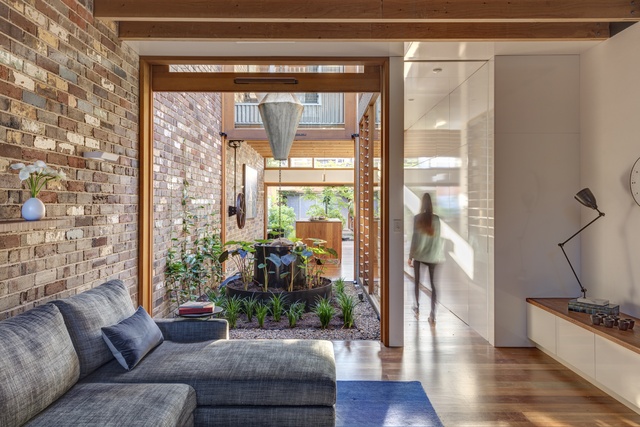
“The rear yard was inspired by our interest in permaculture,” says Carroll, “which is essentially the development of an integrated system which feeds back positively with itself.” In addition to yielding the majority of the household’s food, organic waste produced by the household is used to feed the chickens and worm farm, which produce fertiliser for the garden, effectively closing the loop.
“Similarly, the fish deposit nitrogen in our pond which feeds the bacteria on the clay beads in the vertical garden, which in turn feeds the plants, which filter the water in a continuous cycle,” Carroll adds. The owners share the excess food produce with their neighbours, inspiring them to integrate some of these initiatives in their own lives. “An unexpected and welcome outcome of this project was a social one,” adds Cole. “My clients ultimately founded a community within their own home.”
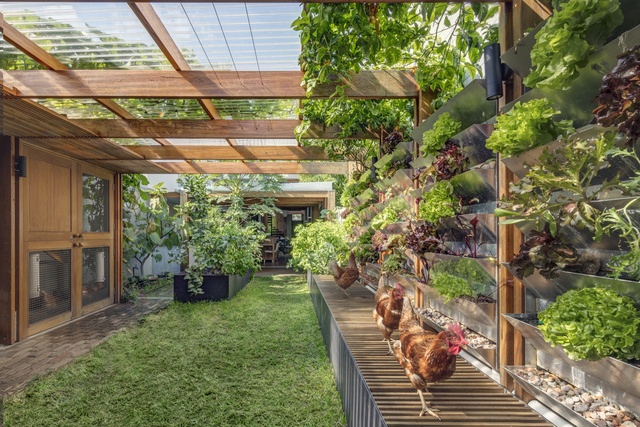
Cole’s overall approach to this project could be described as consciously pragmatic, in that he and his clients have not been obsessive about creating a self-sufficient home. Instead, an overall strategy and its key outcomes have been deeply considered and have satisfied architectural, practical and environmental needs and desires as the result of a thoroughly balanced approach.
“Ultimately, the combination of all the elements have meant that the house has surpassed the clients’ desire for a sustainable home, which is virtually off the grid for most the year,” explains Cole. It’s a laudable approach to authentic sustainability, where both design and technology have been leveraged to generate a superior environmental and social outcome.

